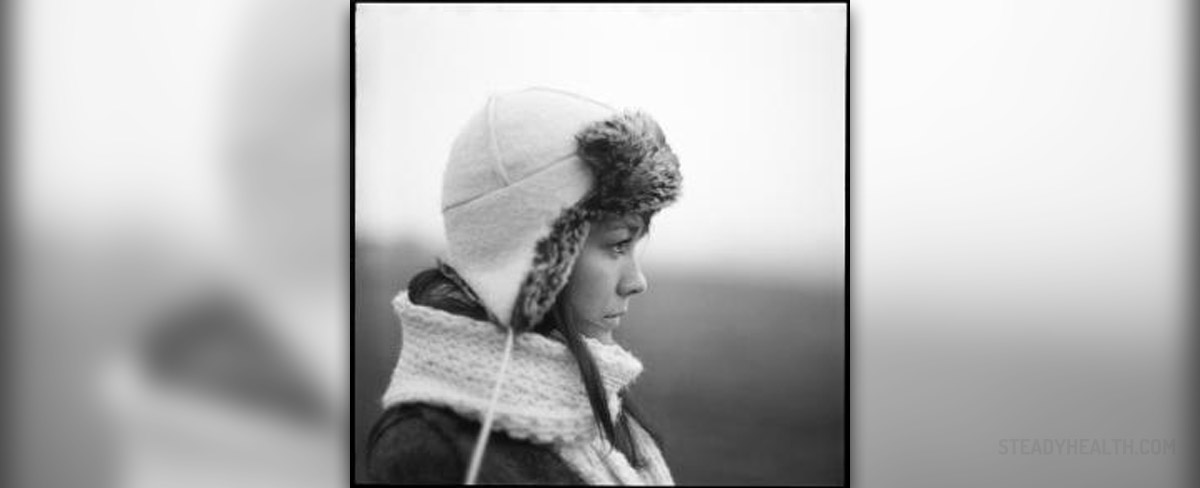
Winter is the time of the year when people spend much time outdoors and usually eat starchy and calorie-rich foods. However, there are some proven winter health tips that can help get us trough to spring healthy and in a good shape.
Colds
A cold can be caused by hundreds of different types of viruses. People may gain immunity to one type of virus, but a different type can also cause a cold outbreak in a short time period. It is the most common kind of winter illness. That is why, there is no vaccine to protect us from catching a cold. Keeping a higher level of humidity in the rooms may be a very good choice, because it prevents the mucous membranes in nose and throat to dry and crack, creating a suitable environment for cold viruses to enter the body. Maintaining a high hygiene level and avoiding a contact with those who have colds, is a must.
Patients who already caught cold should treat it with a mild pain relievers and avoid unnecessary activity. Drinking plenty of fluids and getting as much rest as possible will help shorten the course of the illness.
Influenza
Influenza is widespread infection of the upper respiratory tract, typically caused by RNA viruses of the Orthomyxoviridae family. Influenza virus is evolves quickly and the new strains replace the older ones every year, cancelling developed immunity. Symptoms often develop after about three days from exposure to the virus. Certain signs of flu are: fever, chills, cough, muscular aches, runny nose, and sore throat. Symptoms are similar to cold but they may be more serious and last longer.
Both flu and cold are being spread through the air by coughs and sneezes or directly trough contact with bodily secretions. The flu is especially highly contagious. Viruses can be inactivated by detergents, disinfectants, sunlight and a frequent hand washing may reduce the risk of infection. Persons with 65 years of age or older and those who suffer chronic health problems that weaken the body's natural resistance (immune system) should get vaccinated. It is best to get a shot during the fall season and thus build up a viral immunity on time. It takes about two weeks to develop full immunity.
Hypothermia
Hypothermia is a condition in which body temperature drops below that required for normal metabolism which is defined 95.0 °F. Hypothermia can happen to anyone but the older population is at specific risk because their bodies can't adjust to temperature changes as quickly as the young bodies. What happens in hypothermia is that when temperature drops blood vessels narrow to reduce heart loss and muscles begin to tighten in attempt to make heat. That is why humans shiver. Shivering continues until the bodily temperature drops around 90.0 °F. Everything below is life threatening.
Signs of hypothermia are change in appearance, puffy face, weak pulse caused by the slow heartbeat, shallow breath, drowsiness, confused speech. Person may even slip into a coma.
Appropriate clothing helps to prevent hypothermia. Old people should be encouraged to set their thermostats above 65.0 °F to avoid hypothermia.
Frostbite
Frostbite is a medical condition where damage is caused to skin and tissues due to extreme cold. Factors that contribute to frostbite include extreme cold, inadequate clothing, wet clothes, wind chill, and poor circulation. Exposed areas of the face, ears, wrists hands and feet are mostly affected. Affected parts of the body should be warmed up gradually and a patient should seek medical help immediately. Frostbitten areas should not be rubbed, because this may cause additional damage to the tissue.




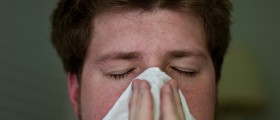




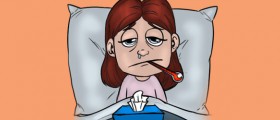




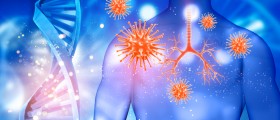

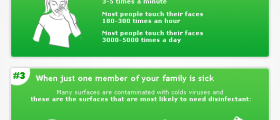
Your thoughts on this
Loading...